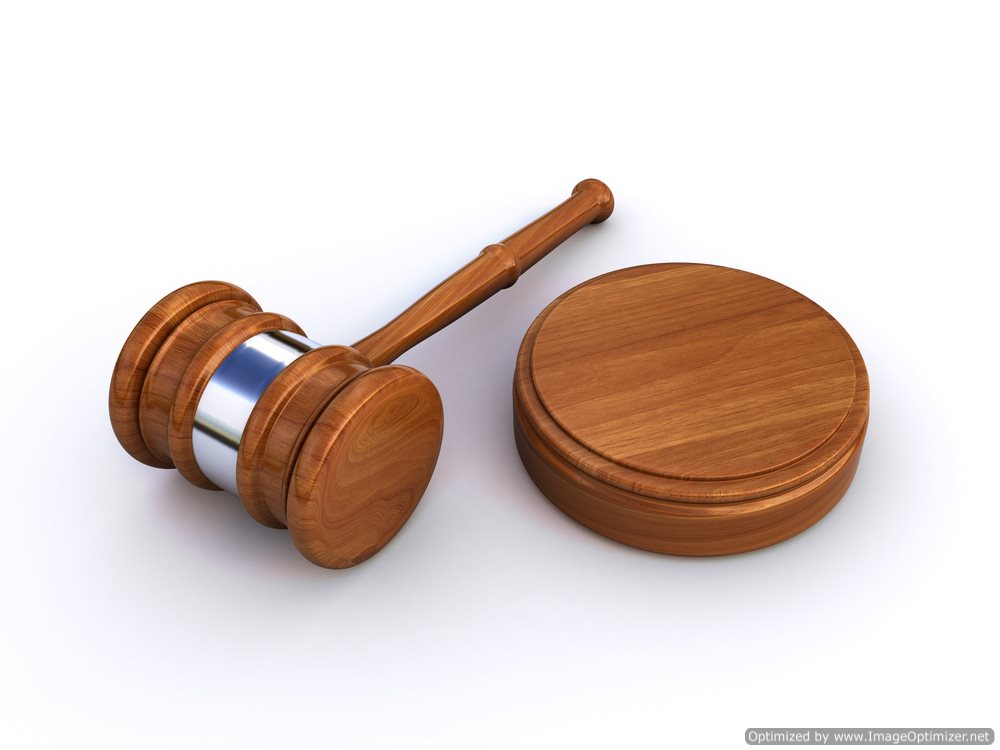
What is Stare Decisis?
A Stare Decisis is a legal instrument enacted within Courts – or legal venues – rooted within Common Law; the common law system enacts a process involving courts classified as ‘lower courts’ are named as the legal venues in which the initial judgments and ruling were mandated, while courts named as ‘higher courts’ are typically the recipients of petitions with regard to the judicial discretion with regard to retrials and supplementary judicial review.
Stare Decisis is defined as legal ideology requiring that courts – which includes courts undertaking a wide variety of legal fields – to uphold verdicts and rulings set forth within past hearings. Although Stare Decisis was initially required of every court system, the variance in legal ideology and judicial process varies with regard to the enactment of – and adherence to – the principles set forth within Stare Decisis. The Latin translation of the term ‘Stare Decisis’ is defined as ‘Maintaining Preexisting Rulings and Decisions’.
Stare Decisis in Appellate Hearings
An appeal is a legal procedure allowing citizens to request a secondary hearing or supplementary judicial review from a higher court subsequent to the receipt of an initial ruling from a lower court. The process of Stare Decisis has been argued with regard to both its validity, as well as the latent fairness inherent within its structure:
Proponents of Stare Decisis contend that this principle was enacted in order to ensure that the judicial system within the United states would remain consistent and uniform; advocates of Stare Decisis maintain that the requirement to uphold preexisting rulings serves to prevent the judicial system’s susceptibility to the respective trends of modernity – as a result, the innate authenticity and uniformity of the precepts of the judicial system remain intact
Opponents of Stare Decisis contend that this principle forces the judicial system to be absent of sufficient evolution with regard to potential mistakes and faulty judicial review occurring within past hearings; opponents present examples of cases illustrating racism, sexism, and unconstitutionality that had taken place in the past – although these rulings were overturned, they were done so upon rejecting the principle of Stare Decisis
Stare Decisis in Civil Law vs. Stare Decisis in Common Law
The following illustrates the utilization of Stare Decisis in both Common Law and Civil Law systems within rulings set forth in legal hearings:
Judges and Justices presiding over hearings taking place within the realm of Common Law will typically enact Stare Decisis upon the inclusion of past judicial review and case decisions; within the setting of Common Law, passed case decisions, rulings, and judicial review will be cited as primary sources with regard to sentencing
Stare Decisis is rarely – if ever – utilized within the setting of civil law; in contrast to Common Law, presupposed legal statues and mandates will be considered to be the primary foundations of sentencing – this ideology is considered to be employed in order to allow for the evolution of the judicial systems, as well as allow for judicial officers to assist in the shaping of statutory legislature





























